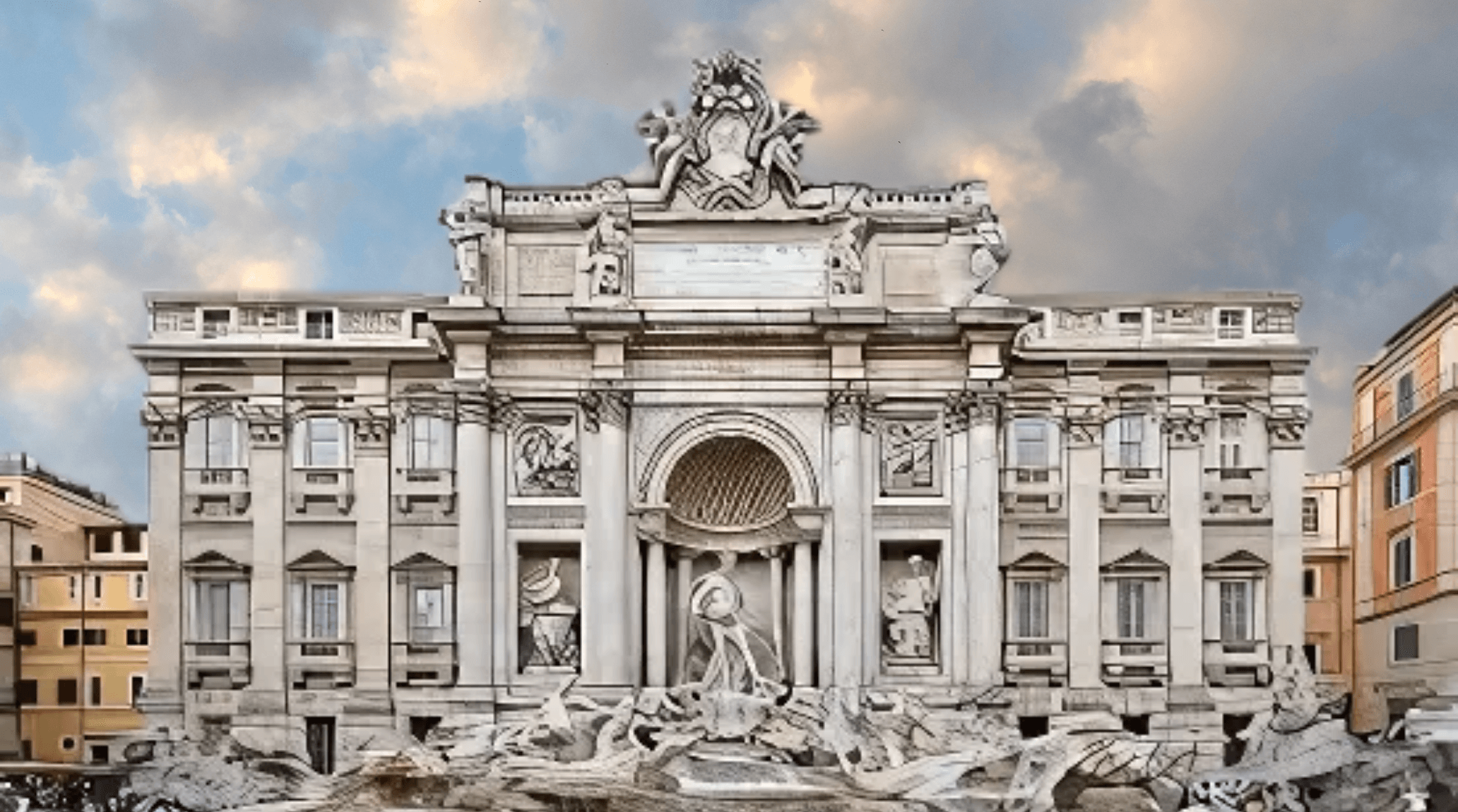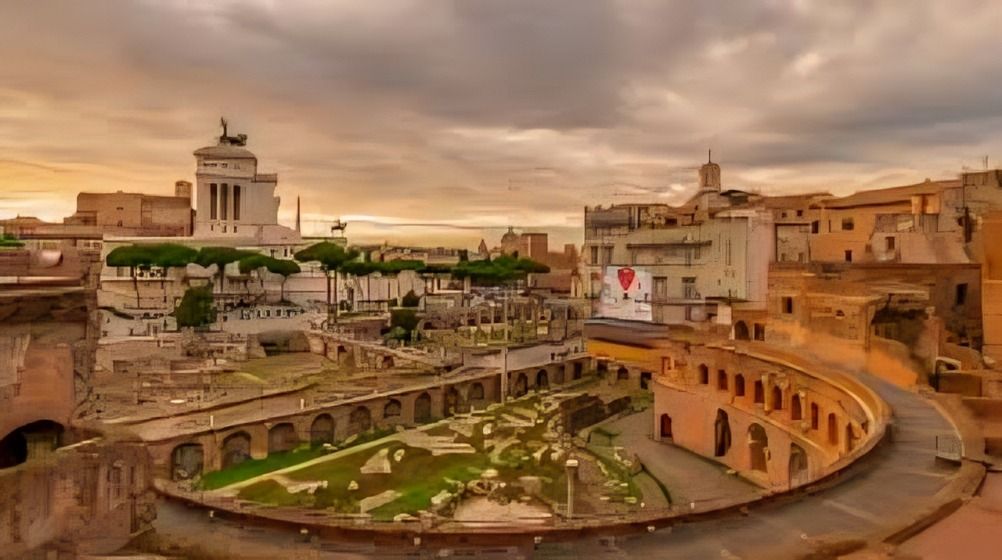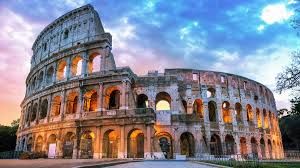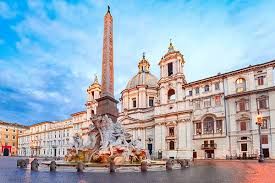
“
Rome, the Eternal City, is filled with history, mystery and architectural wonders. As one of the oldest cities in the world, its past is rich with mind blowing facts about Rome that continue to captivate historians and travelers alike. From the grandeur of the Colosseum to the mysteries of ancient Roman innovations, Rome’s influence spans millennia. In this blog, we’ll explore 20 mind blowing facts about Rome that highlight its incredible cultural legacy. Whether you’re a history enthusiast or just curious, these facts will offer a deeper look into one of the world’s most fascinating cities.1
1
”
Modern Rome boasts 280 fountains and over 900 churches. Around 700,000 euros are thrown into the Trevi Fountain annually, with proceeds donated to Caritas to support people in need. 1
The Pantheon, one of Rome's best-preserved ancient buildings, was repurposed as a church in 608 by Pope Boniface IV. It features Raphael's tomb and a vast dome with an open oculus. 2
Rome’s ancient catacombs, underground tunnels used for Christian and Jewish burials from the 2nd to 5th centuries AD, stretch for kilometers beneath the city's busy streets, offering a fascinating glimpse into history. 3
Built in 312 BCE, Rome’s Appian Way was Europe’s first paved highway, linking Rome to Capua, facilitating trade, military movement, and the expansion of the Roman Empire’s influence across the continent. 4
The Pantheon, built by Hadrian between AD 119-128, is the best-preserved ancient Roman building. Originally a temple to 12 deities, it maintains its original bronze doors and follows Vitruvius’ architectural principles. 5

Trajan's Markets, built between 107-110 AD during Emperor Trajan's reign, housed shops and offices. Designed by Apollodorus of Damascus, the complex complemented Trajan’s Column, showcasing advanced Roman urban planning.
The Circus Maximus, located between the Aventine and Palatine hills in Rome, was ancient Rome's first and largest chariot-racing stadium, serving as a grand venue for mass entertainment in the Roman Empire. 6
The Roman Forum, Rome's oldest forum, was the heart of state functions, commerce, and law. Nearby, the Palatine Hill, considered Rome's birthplace, offers a glimpse into the city's ancient origins. 7
The MAXXI Museum, designed by Zaha Hadid and opened in 2009, is a striking example of modern architecture. It showcases Italy’s most innovative contemporary artists, offering a dramatic and boundary-pushing art experience. 8
Italy, the world’s largest wine producer, offers exceptional wines, and Rome, located in the Lazio region, is a prime destination for wine lovers. Lazio is renowned for its prominent wine production. 9

The Colosseum, Rome’s top attraction, seated 65,000 spectators in ancient times. Gladiators fought each other and wild animals in its arena, now celebrated as one of the seven modern wonders of the world.
St. Peter’s Basilica, located in Vatican City, is the Catholic Church's spiritual hub and the pope’s residence. Built over Saint Peter's grave, it houses masterpieces like Michelangelo's 'La Pietà' and 148 papal tombs. 10
The San Pietro in Montorio church is famous for its "Tempietto," a small circular martyrium designed by Donato Bramante. Located in the church's courtyard, it resembles a classical temple. 11
The Great Synagogue of Rome, built between 1901 and 1904, serves as the city’s primary place of worship for the Jewish community. Its eclectic architectural style makes it a significant landmark. 12

Piazza Navona, one of Rome's most beautiful squares, is known for its stunning fountains and vibrant atmosphere. Filled with bars and restaurants, it offers a perfect spot for relaxation between exploring monuments.
Castel Sant'Angelo, originally a 2nd-century mausoleum for Emperor Hadrian, became a fortress and pope refuge after Pope Pius II added a bronze angel statue. It is connected to the Vatican by a tunnel. 13
The Via Appia Antica, one of Rome's oldest roads, was originally built for trade and military use. Lined with cypress trees, it became a site for funerary monuments and catacombs, like the Catacombs of San Callisto. 14
The Spanish Steps, built in the early 18th century, are a prime example of Baroque architecture. Located at Piazza di Spagna, they connect the square to the Church of Trinità dei Monti. 15
Romans showcased exotic animals like lions and elephants in Venationes, grand hunts held in amphitheaters, reflecting their fascination with nature and the scale of their global conquests. 16
La Sapienza University, established in 1303 in Rome, is Europe’s largest and remains a leading institution globally, blending academic excellence with the city’s rich intellectual traditions. 17


